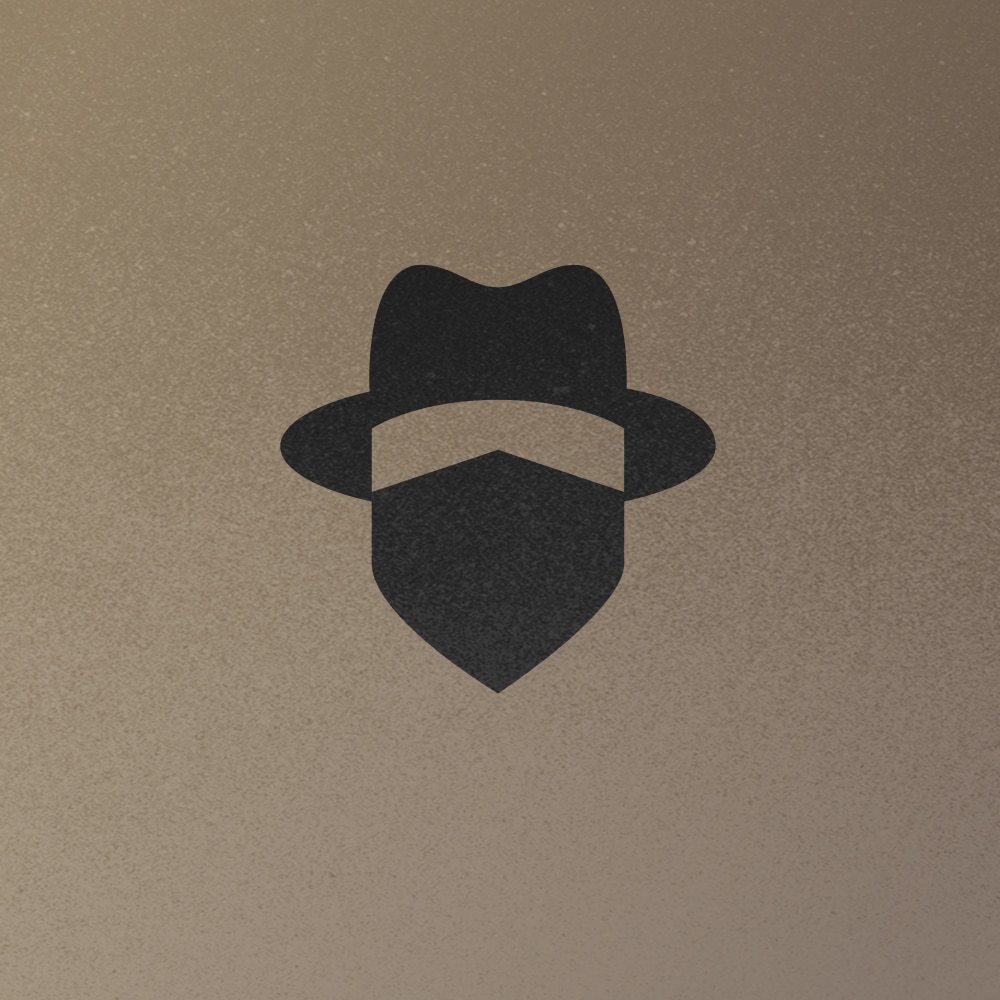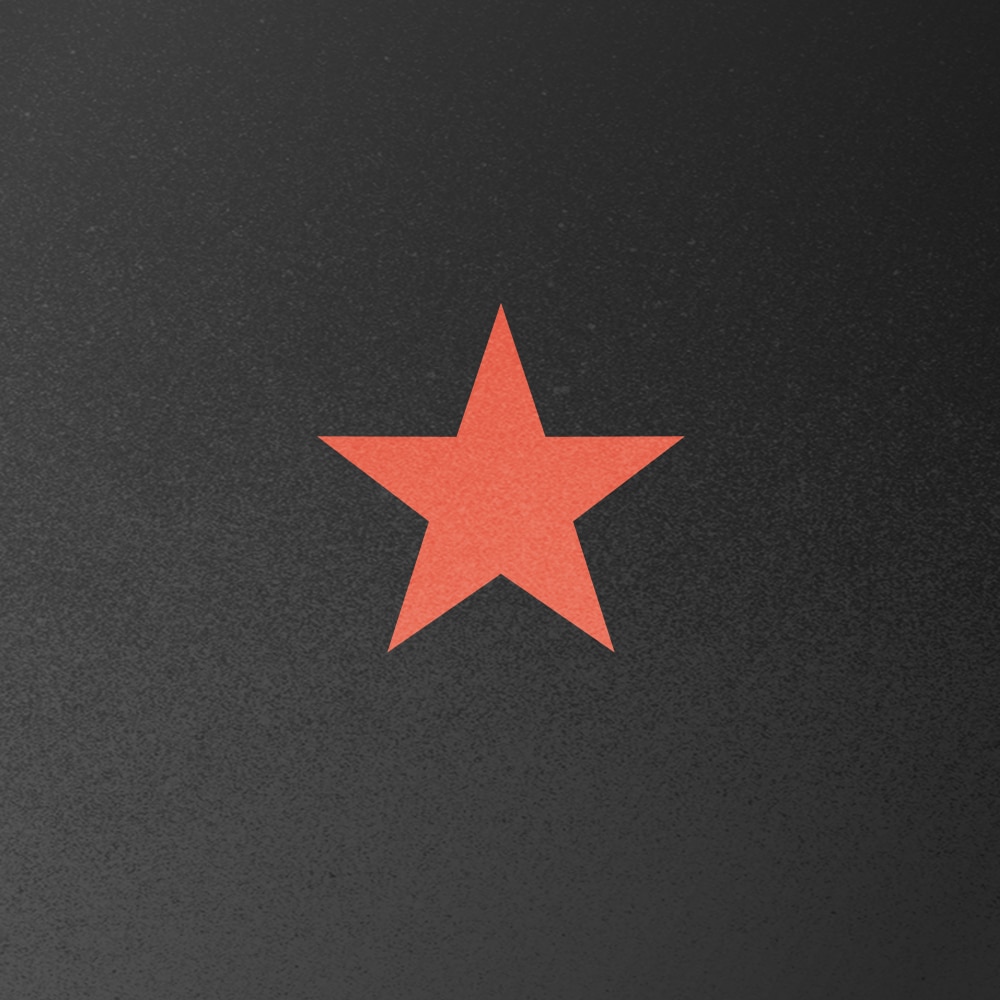
At Folk, we believe the key to making a deeper connection with audiences starts with ensuring the brand is relatable; and for us, archetypes are the key.
What are archetypes?
The idea of the archetype has been around for centuries, most commonly in mythology, literature, painting, and even movies. By definition, an archetype is “a collective inherited unconscious idea, pattern of thought, image, etc. universally present in individual psyches.”
There are many archetypes, each one rooted in an unconscious understanding of the human condition that we, as humans, recognize within each other and ourselves (think, the wise old man, the mother, the child, etc.).
One common practice for the use of archetype segments divides these common unconscious understandings into 12 archetype families (this is what we, at Folk, use). Each of these archetypes encompass different, distinct, human-like characteristics.
For example, an Explorer values independence, seeks out adventure and may be more willing to take risks than other archetypes. Think Huckleberry Finn. Or brands such as Patagonia or Jeep.
12 Archetype Families

The Innocent

The Explorer

The Sage

The Hero

The Outlaw

The Magician

Regular Guy/Gal

The Lover

The Jester

The Caregiver

The Creator

The Ruler
How do we use archetypes in branding, and why?
As it pertains to brand development, an archetype is commonly used as a tool to associate human-like characteristics to brands. This is done because, by nature, humans want to do business with humans, not businesses.
At Folk, we select archetypes based on three things that we uncover through research 1) what is authentic to the business 2) audience needs/problems and 3) competitive differentiation. When we identify the needs/problems of audiences, and better understand the competition, we are able to use this info to direct our archetype selection.
Oftentimes a brand may embody more than one archetype; this is actually quite common. The key is finding the right balance of the associated characteristics and ensuring they are not muddied in communication.
The identified archetypes are then used to create the brand strategy (brand personality, tone/voice, key message, etc). It is also used to ensure the visual brand embodies the archetypal characteristics.
Would you like to learn more about archetypes in branding?